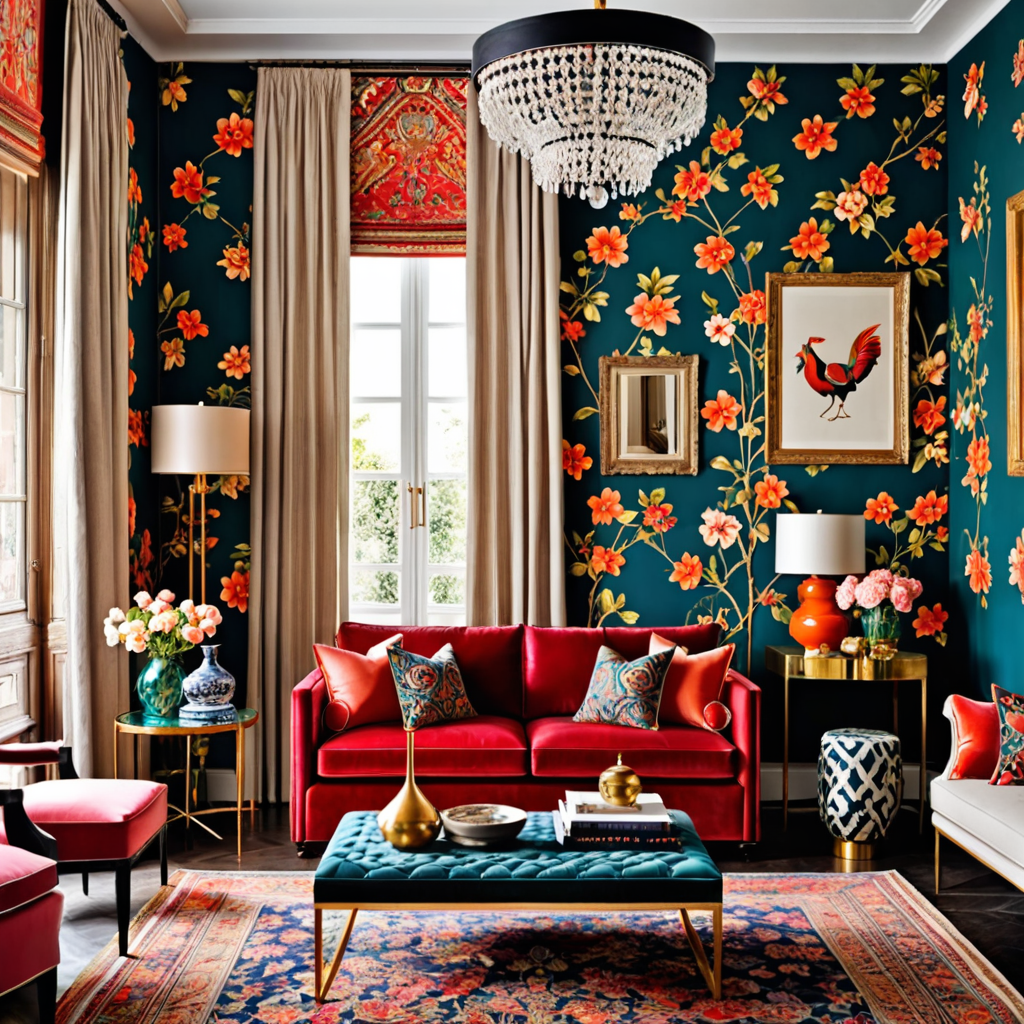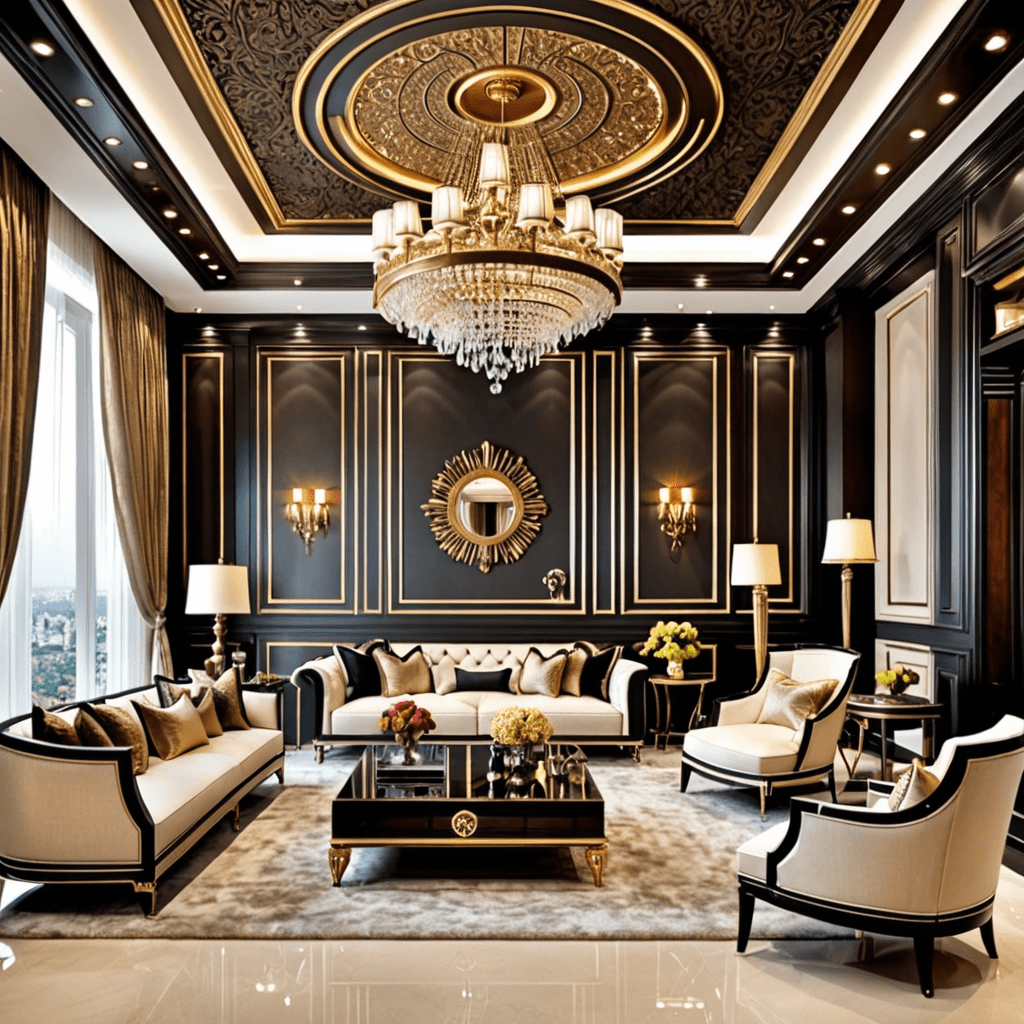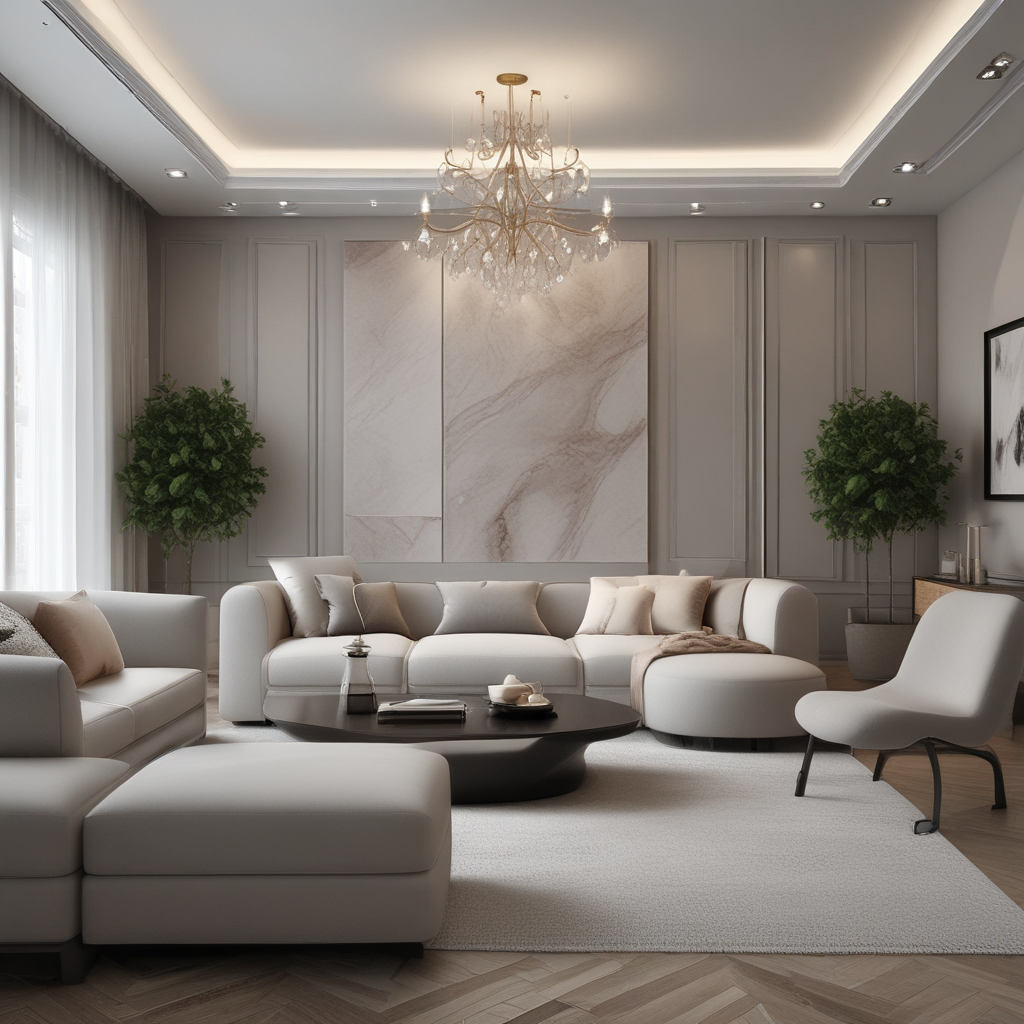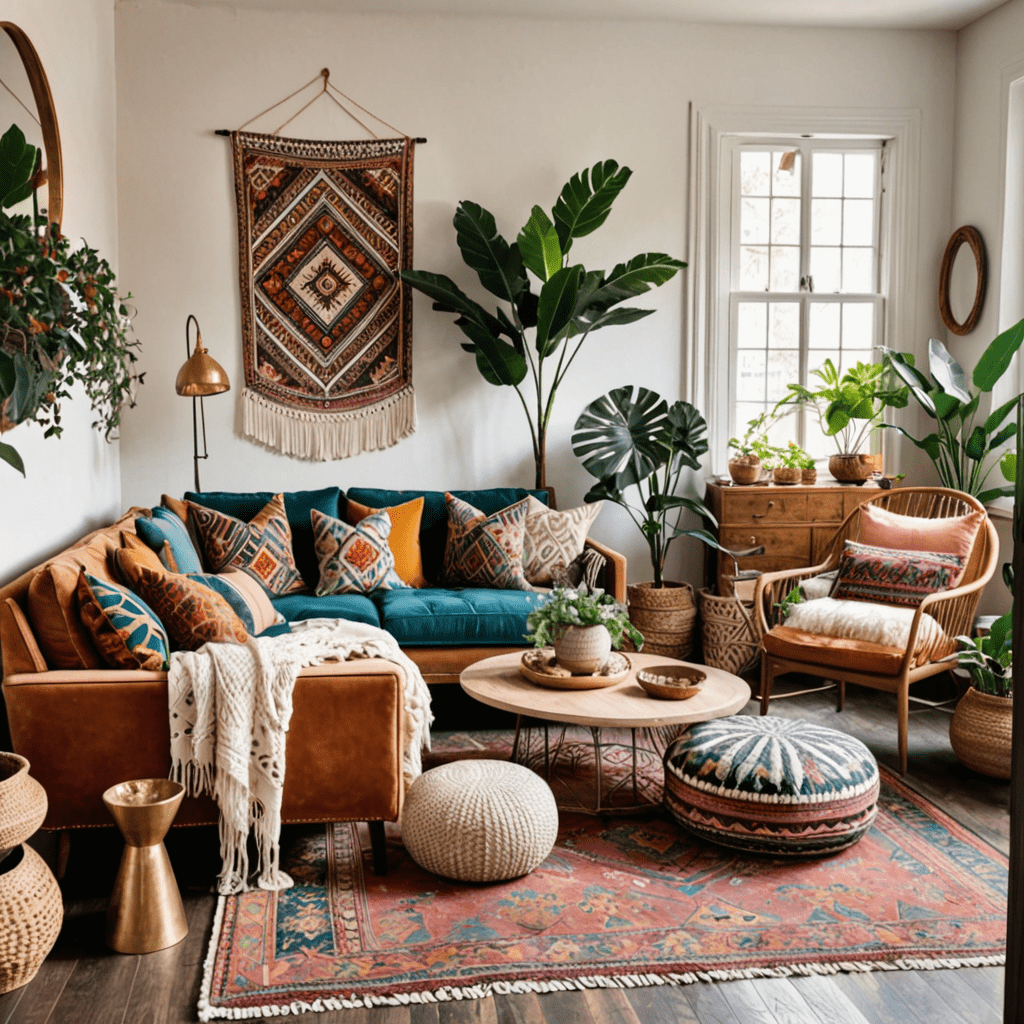„Mastering Radial Balance in Interior Design: Creating Harmony in Your Home”
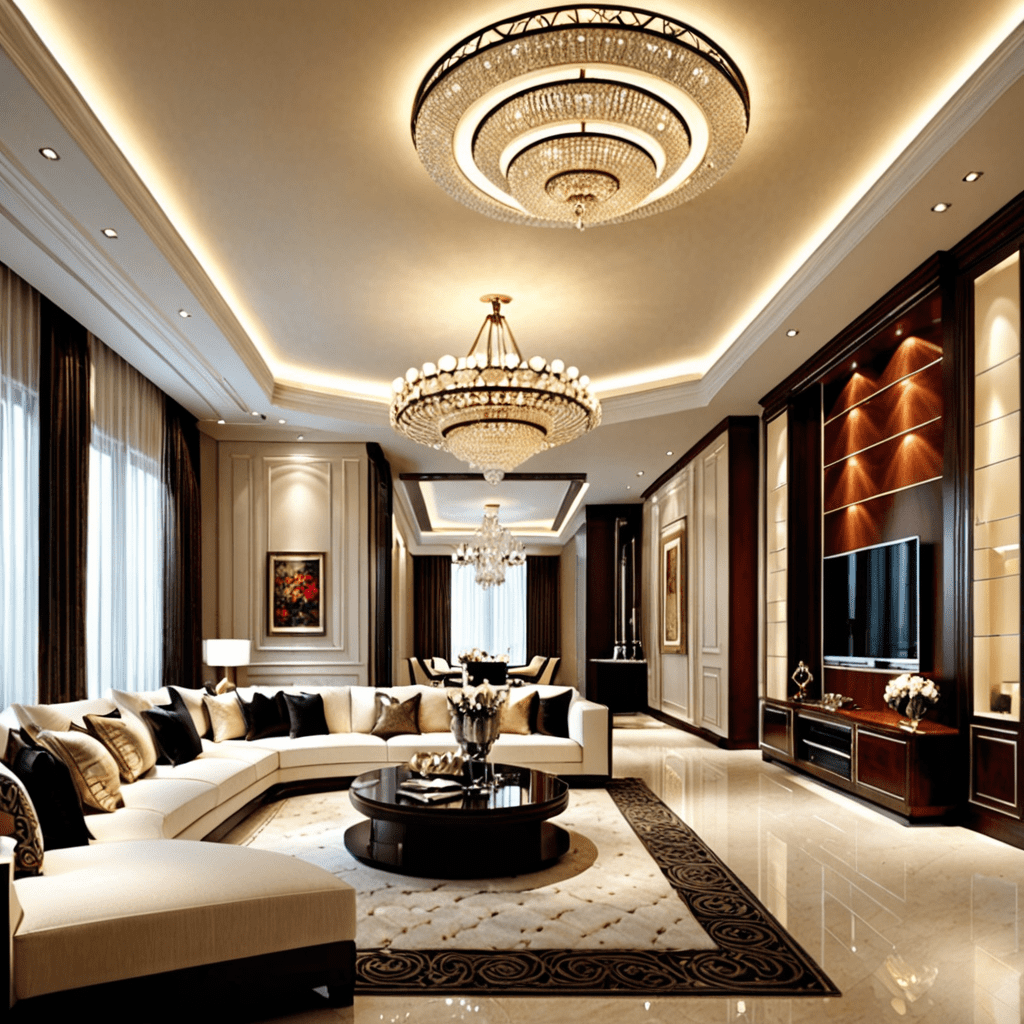

Mastering Radial Balance in Interior Design: Creating Harmony in Your Home
What is Radial Balance?
Radial balance is a design principle used in interior design to create a sense of harmony and equilibrium. It involves arranging elements around a central point, creating a visually balanced and cohesive space. By distributing visual weight evenly, radial balance creates a focal point and guides the eye throughout the room.
Advantages of Radial Balance
Radial balance offers several advantages in interior design:
- Creates a sense of harmony and balance
- Highlights a focal point
- Generates visual interest
- Provides a cohesive and organized look
- Enhances the overall aesthetic appeal of a space
Elements of Radial Balance
When implementing radial balance in interior design, several elements come into play:
- Central Point: The central point acts as the anchor of the design scheme. It can be a fireplace, a chandelier, or a piece of furniture.
- Radial Axis: The radial axis extends outward from the central point and defines the arrangement of elements around it.
- Secondary Elements: These elements are positioned along the radial lines, contributing to the overall balance. They can include furniture, artwork, lighting fixtures, or decorative objects.
Implementing Radial Balance in Your Home
Here are some tips for incorporating radial balance into your interior design:
- Choose a central point: Select a focal point to build your design around. Consider the room’s purpose and existing architectural features.
- Create radial axes: Identify the natural lines that extend from your central point and use them as guidelines for arranging your secondary elements.
- Distribute elements evenly: Ensure that the visual weight of your secondary elements is balanced around the central point. Avoid cluttering one side more than the other.
- Vary sizes and shapes: Use a mix of different-sized objects and various shapes to add visual interest while maintaining balance.
- Consider color and texture: Integrate colors and textures that complement each other to maintain a cohesive look and feel.
- Experiment with symmetry: While radial balance does not necessarily require symmetrical arrangements, you can explore symmetrical or asymmetrical designs to see what works best for your space.
- Regularly assess the arrangement: Step back and evaluate your design periodically to ensure the balance still feels harmonious and pleasing to the eye.
Frequently Asked Questions (FAQ)
- What are some common examples of central points in interior design?
- Can I achieve radial balance in a small space?
- What if there are limitations in my room’s layout?
- Should I use the same type of furniture for radial balance?
- Is there a specific color palette recommended for radial balance?
- Can I combine radial balance with other design principles?
- What if I prefer a more eclectic or modern style?

